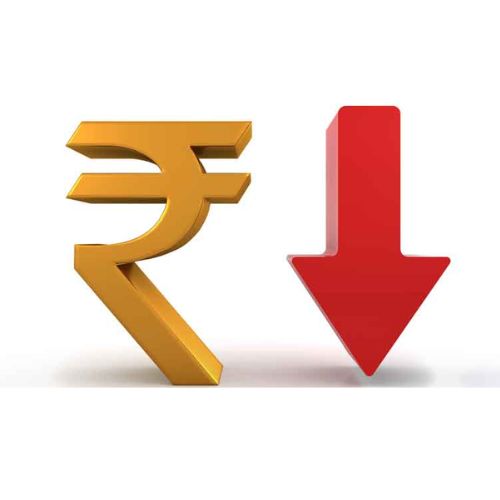The Covid-19 pandemic has led to a significant increase in remittances sent to low- and middle-income countries by overseas workers, with the World Bank estimating that around $630 billion was sent in 2022, equivalent to foreign direct investment in those countries. This marks a rise of almost 5% and reflects the rebound of economies from the pandemic, along with a growing number of refugees and migrants sending money home.
Digital payment channels have played a key role in making global money flows more visible in recent years, with London-based mobile payments provider TerraPay running infrastructure for partners such as MoneyGram, Western Union, and Visa. The company’s data suggests that India is the largest recipient of money from overseas, with funds flowing from countries including Qatar, Saudi Arabia, Australia, and the US. World Bank estimates and UN data support this conclusion, with India having the largest diaspora in the world, comprising 18 million people living outside their country of birth.
In 2022, India received a record $100 billion in remittances, up 12% from the previous year. This can be attributed partly to the impact of the pandemic, with vaccination programs and the resumption of travel enabling migrants to return to work in the Gulf region, where many Indians are employed. The rise in oil prices has also contributed to overseas workers sending more money home to their families. Highly-skilled Indian migrants from the US, UK, and Australia have been sending more money home too, aided by job support programs during Covid-19 restrictions. The depreciation of the rupee against the US dollar has also incentivized Indian migrants to send more money home.
The Philippines is another major recipient of remittances, with data from TerraPay showing that the country is among the top ten in terms of overseas cash flows. This can be attributed to a large number of Filipinos living in the US, as well as the popularity of digital banking, particularly among the 70% of the population who lack bank accounts.
The chief executive officer of TerraPay, Ambar Sur, has stated that the growth of remittance payments is being propelled by financial inclusion, which is bringing more people into the banking system. This has triggered increased competition among remittance services. The shift towards digital payments has facilitated cheaper and more effective international transfers. Workers can now transfer money from their mobile banking at unconventional banking hours, without the need to travel to a bank or money transfer service.
This trend has considerable implications for families with low income as it enables them to pay for fundamental necessities such as food, medical care, education, and housing. Nevertheless, it is essential to note that TerraPay suspended payments through Russia in 2022 and is relatively new to Latin America and China; therefore, the data may not be representative of these regions.
In general, the rise in remittances is indicative of the perseverance of migrant workers and their families during the pandemic, as well as the increasing role of digital payment channels in facilitating global money flows. As financial inclusion continues to expand, it is probable that remittance payments will play an increasingly vital role in supporting families with low to medium income worldwide.














